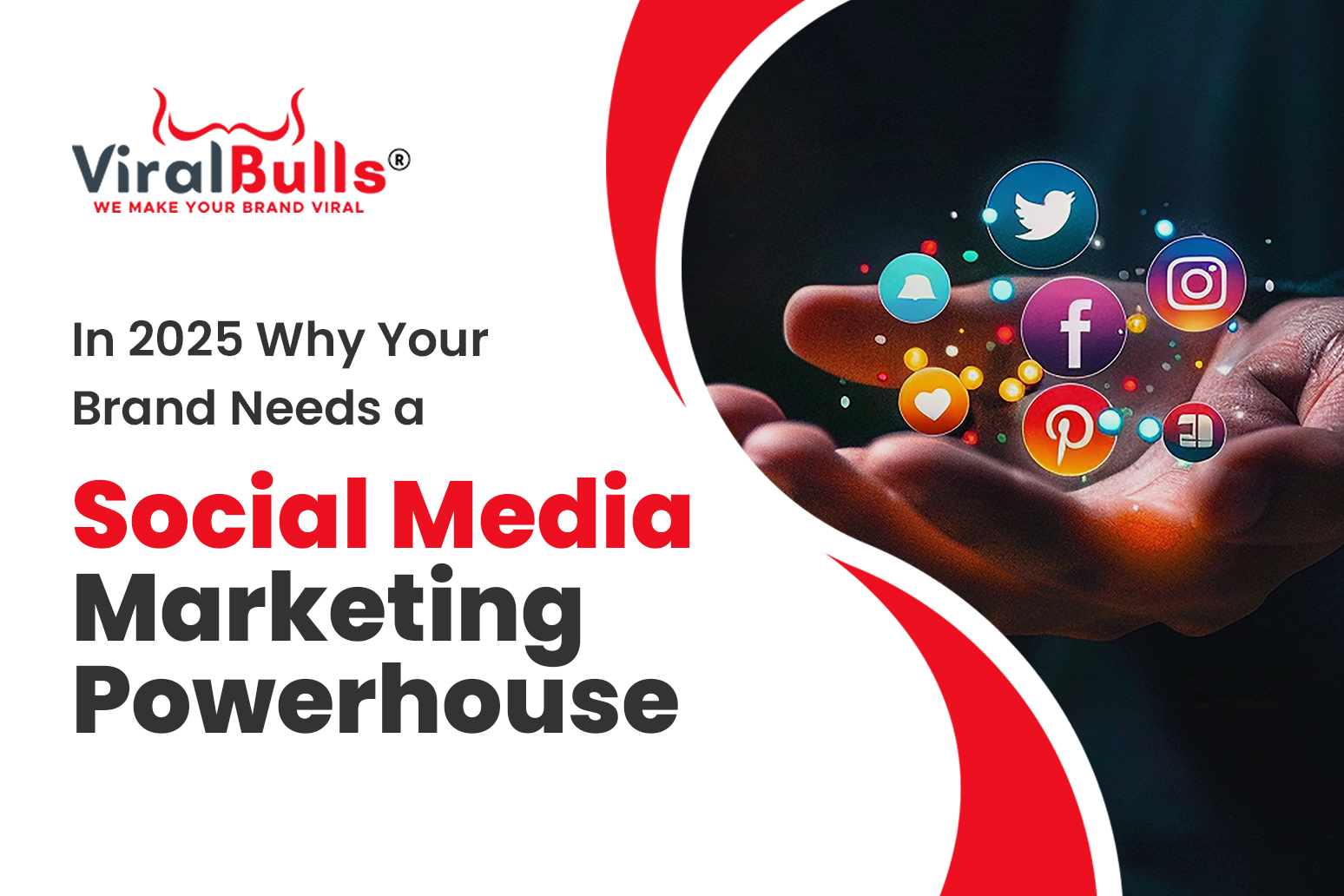Introduction
A website’s design is a crucial factor in attracting and retaining visitors. A well-designed website can improve the user experience, drive engagement, and increase conversions. In this article, we’ll discuss the top 10 most important elements of a website design, along with examples of each.

- Navigation
Navigation is the backbone of any website design. It’s essential to have a clear and user-friendly navigation system that allows visitors to find what they’re looking for easily. The navigation menu should be intuitive and easy to use, with clear labels and hierarchy. An excellent example of a well-designed navigation menu can be seen on the Apple website.
- Visual Design
Visual design plays a crucial role in creating a website’s overall look and feel. It encompasses everything from the color scheme and typography to the layout and graphics. An excellent example of a visually appealing website is Nike. The site’s bold typography, striking imagery, and dynamic layout create an engaging user experience.
- Content
When it comes to website design, content reigns supreme. It’s crucial to have high-quality, relevant, and engaging content that resonates with your target audience. A great example of a website with excellent content is the Harvard Business Review. The site’s articles are well-written, informative, and thought-provoking, making it a go-to resource for business professionals.
- Web Friendly
The web-friendly design ensures that your website is accessible to a wide range of users. It means optimizing your site for fast load times, mobile responsiveness, and cross-browser compatibility. A great example of a web-friendly website content is Airbnb. The site’s clean and simple design is optimized for mobile devices, making it easy to use on the go.
- Interaction
Interaction design refers to how users interact with your website. It’s crucial to have a well-designed interface that enables visitors to engage with your content in meaningful ways. A great example of a website with excellent interaction design is Medium. The site’s commenting system encourages engagement and fosters a sense of community among its users.
- Information Accessibility
Information accessibility refers to the ease with which users can access the information they need on your website. It’s essential to have a well-organized and searchable content structure that enables visitors to find what they’re looking for quickly. A great example of a website with excellent information accessibility is The New York Times. The site’s search functionality, categorization, and tagging make it easy to find articles on specific topics.
- Intuitiveness
Intuitiveness refers to how easy it is for users to understand and navigate your website. It’s crucial to have an intuitive and user-friendly design, with clear labels and instructions. A great example of a website with excellent intuitiveness is Dropbox. The site’s simple design makes it easy for users to upload, share, and access their files.
- Branding
Branding is crucial for creating a cohesive and recognizable brand identity. It’s essential to have a consistent design that reflects your brand’s personality and values. A great example of a website with excellent branding is Coca-Cola. The site’s iconic red and white colour scheme, playful imagery, and upbeat tone reflect the brand’s fun and friendly personality.
- Turnaround Time
Turnaround time refers to how quickly your website loads and responds to user actions. When it comes to website design, content reigns supreme. A great example of a website with excellent turnaround time is Google. The site’s lightning-fast search results and minimalist design ensure a speedy and efficient user experience.
- Conversion
Conversion is the ultimate goal of any website. It’s crucial to have a design that is optimized for converting visitors into customers, subscribers, or leads. A great example of a website with excellent conversion optimization is Amazon. The site’s design is focused on providing a seamless user experience that encourages visitors to make purchases. The site’s clear and prominent calls to action, personalized product recommendations, and easy checkout process all contribute to its impressive conversion rate.
Conclusion
The top 10 most important elements of a website design include navigation, visual design, content, web-friendliness, interaction, information accessibility, intuitiveness, branding, turnaround time, and conversion optimisation. By prioritizing these elements in your website design, you can create a user-friendly and effective website that delivers value to your visitors and helps you achieve your business goals.






